Disclosure: This article contains affiliate links. We may earn a commission from purchases at no extra cost to you, which helps our travel content.
Standing before the weathered brick facade of Pine Bluff's historic Saenger Theater, I felt that familiar tingle of discovery – the sensation that signals I'm about to uncover layers of history often overlooked in mainstream narratives. As a science educator turned cultural explorer, I've trekked across volcanic landscapes and fermentation facilities worldwide, but there's something uniquely powerful about exploring the cultural bedrock of American identity right here in the South. Pine Bluff, Arkansas might not make most travelers' bucket lists, but this modest Mississippi River town harbors one of the richest repositories of African American heritage I've encountered in my journeys. The city's story – one of resilience, artistic expression, and cultural preservation – deserves far more attention than it typically receives. Join me for a weekend exploration of Pine Bluff's Black cultural legacy, where every street corner and soul food platter tells a story centuries in the making.
The Arkansas Delta's Cultural Crucible
Pine Bluff sits at the heart of the Arkansas Delta, a region whose cultural significance rivals its agricultural productivity. As I drove into town last October, golden fields stretched toward the horizon, the cotton harvest in full swing – a visual reminder of the complex agricultural history that shaped this region and its people.
Founded in 1832 and incorporated in 1839, Pine Bluff emerged as a crucial Mississippi River port and railway hub. By 1860, the county's enslaved population outnumbered white residents three to one. This demographic reality established the foundation for what Pine Bluff would become after Emancipation: a center of Black economic and cultural development.
My exploration began at the Pine Bluff Convention Center, where a helpful volunteer oriented me with historical context and a well-worn map marked with sites I shouldn't miss. What struck me immediately was how the city's African American heritage isn't sequestered to a single museum or district – it permeates the entire urban fabric, from downtown architectural gems to neighborhood churches that served as civil rights movement headquarters.
'You can't understand American culture without understanding what happened here,' the volunteer told me, circling a cluster of historic sites on my map. 'The music, the food, the art – it all connects back to these streets.'
She wasn't exaggerating. As I would discover over the next 48 hours, Pine Bluff offers a remarkably concentrated education in African American resilience, creativity, and community-building that rivals more famous cultural destinations.

💡 Pro Tips
- Start your visit at the Convention Center for free maps and local insights
- Plan your trip around the Culturemakers Festival if visiting in October
- Rent a car for easier access to historic sites spread throughout the city
The University Museum & Cultural Center: A Historical Anchor
My first dedicated stop was the University Museum and Cultural Center at the University of Arkansas at Pine Bluff (UAPB). Housed in a renovated Gothic Revival building that once served as the main administration facility for Arkansas Agricultural, Mechanical & Normal College (AM&N), this museum chronicles the evolution of what began in 1873 as Branch Normal College – the state's first public institution for African American students.
As a former educator, I'm always drawn to places where knowledge and cultural preservation intersect. The museum didn't disappoint. Its collections trace the university's development from a teacher training school to a comprehensive university, highlighting how education served as both a ladder for individual advancement and a foundation for community empowerment.
What captivated me most were the personal artifacts – graduation photos spanning decades, handwritten letters from early administrators fighting for resources, and classroom materials that told the story of education as resistance. The docent, a UAPB alumna herself, shared stories that brought these artifacts to life, describing how the university served as an intellectual haven during the most oppressive periods of segregation.
I spent nearly three hours exploring the exhibits, taking detailed notes in my travel journal – a habit I've maintained since my teaching days. The museum's narrative of educational perseverance resonated deeply with my own journey from classroom teacher to cultural documentarian.
Before leaving, I browsed the small but excellent museum shop, where I purchased several books on Arkansas Delta history. For anyone seeking to understand how education functioned as both sanctuary and launching pad for generations of Black Arkansans, this museum provides essential context for everything else you'll experience in Pine Bluff.

💡 Pro Tips
- Call ahead to check opening hours as they can vary seasonally
- Allow at least 2 hours to fully appreciate the exhibits
- Ask about special guided tours, which often include personal stories from alumni
The Arkansas Entertainers Hall of Fame: Celebrating Black Musical Pioneers
While many visitors to Arkansas make pilgrimages to Johnny Cash's boyhood home or Bill Clinton's presidential library, Pine Bluff offers something equally significant but often overlooked: the Arkansas Entertainers Hall of Fame. Located in the Pine Bluff Convention Center, this collection celebrates the state's remarkable contributions to American music, with particular emphasis on African American artists who transformed the nation's sonic landscape.
As someone who's spent considerable time documenting cultural fermentation processes (both literal and metaphorical) across continents, I was struck by how this modest space effectively illustrates the cultural alchemy that occurred in the Arkansas Delta. Here, African musical traditions blended with European forms to create distinctly American expressions – blues, jazz, gospel, and early rock and roll.
The exhibits honoring Pine Bluff natives like Bobby Rush (Grammy-winning blues artist) and Peggy Woosley (pioneering female DJ) sit alongside tributes to more widely known Arkansas-connected artists like Al Green, Johnny Cash, and Sister Rosetta Tharpe. What emerges is a nuanced picture of a state whose musical contributions transcended racial boundaries even when its social structures enforced them.
I found myself lingering before the Sister Rosetta Tharpe exhibit, marveling at how this Cotton Plant, Arkansas native – often called the 'Godmother of Rock and Roll' – influenced everyone from Elvis Presley to Little Richard with her revolutionary electric guitar playing and powerful vocals. The museum includes rare footage of her performances that I watched, transfixed, for nearly half an hour.
During my visit, I struck up a conversation with another visitor, an elderly gentleman who had actually seen Tharpe perform in Pine Bluff in the 1950s. 'She made that guitar talk to Jesus,' he told me with a smile. 'And everybody – Black and white – had to listen.'
These kinds of unexpected encounters make cultural exploration so rewarding. I captured audio of our conversation (with permission) on my portable recorder, a tool I've found invaluable for preserving the oral histories I encounter in my travels.
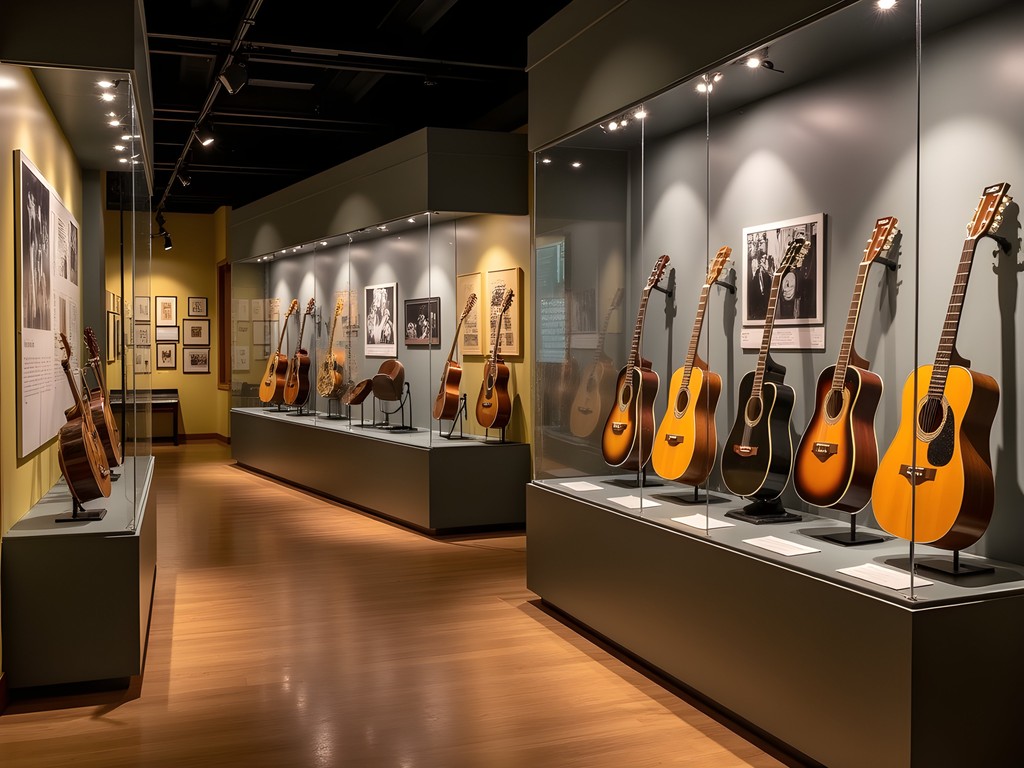
💡 Pro Tips
- Check the Convention Center schedule as hours can vary based on events
- Bring headphones to fully appreciate the audio exhibits
- Ask about temporary exhibits, which rotate regularly
Delta Cuisine: More Than Just Food
No cultural exploration is complete without engaging with local culinary traditions, and Pine Bluff offers some of the most authentic soul food experiences in the South. After a morning of museum visits, I made my way to Grider Field Restaurant, a local institution housed in a repurposed World War II-era flight training facility at Pine Bluff Regional Airport.
What makes this place special isn't just the food – though the catfish, greens, and cornbread rival any I've had across the South – but the living history it represents. During World War II, Grider Field trained hundreds of pilots, including members of the legendary Tuskegee Airmen. Photos from this era line the walls, creating a museum-like atmosphere where diners absorb history while enjoying traditional Delta cuisine.
The restaurant's owner, Ms. Josephine, stopped by my table to share stories passed down from her grandfather, who worked at the airfield during the 1940s. 'Food brings people together across all kinds of lines,' she told me. 'Always has in the Delta.'
Later that evening, I ventured to Indigo Blue Coffeehouse, a newer establishment that represents Pine Bluff's cultural renaissance. Owned by a young UAPB graduate, this space functions as part café, part art gallery, and part community gathering spot. The walls feature rotating exhibits by local African American artists, and the menu offers modern interpretations of traditional Southern flavors.
Over an excellent cup of chicory coffee and sweet potato pie, I chatted with patrons about Pine Bluff's ongoing revitalization efforts. Many spoke of renewed interest in the city's cultural assets and the growing movement of young professionals returning to their hometown to build businesses that honor its heritage while creating new economic opportunities.
For visitors seeking to understand how food functions as cultural preservation, Pine Bluff offers a powerful case study. Each recipe, each technique, each flavor profile tells a story of adaptation, creativity, and community sustenance through challenging circumstances. I documented these culinary traditions with my digital camera, capturing both the dishes and the hands that prepared them – a visual record of living heritage.

💡 Pro Tips
- Visit Grider Field Restaurant early (11am-1pm) to avoid the local lunch rush
- Ask restaurant owners about the history behind specific dishes
- Check Indigo Blue's social media for evening events featuring local musicians
The Arts & Science Center: Where Heritage Meets Innovation
The Arts & Science Center for Southeast Arkansas exemplifies Pine Bluff's unique approach to cultural preservation – one that honors tradition while embracing innovation. As someone who's spent years bridging the perceived divide between scientific and cultural knowledge, I found this institution particularly resonant with my own philosophy of education.
Housed in a striking contemporary building downtown, the center features a diverse collection of African American art spanning from traditional to cutting-edge contemporary works. During my visit, I was fortunate to catch 'Reflections in the Delta,' an exhibition showcasing works by regional Black artists interpreting the landscape, history, and daily life of the Arkansas Delta.
What distinguishes this center is its interdisciplinary approach. Adjacent to the art galleries, interactive science exhibits explore the ecological systems of the Delta region, demonstrating how natural environments shaped cultural practices from agriculture to music. One particularly effective installation traced how the Mississippi River's patterns of flooding and renewal created both the region's agricultural wealth and influenced its musical traditions – a perfect example of how natural and cultural systems intertwine.
The center also houses the Catherine M. Bellamy Theater, which regularly features productions highlighting African American playwrights and performers. Though I couldn't catch a performance during my weekend visit, the upcoming season featured works by August Wilson and Lorraine Hansberry alongside original productions by local writers.
For families visiting Pine Bluff, this center offers an accessible entry point to complex cultural histories. Children engage with hands-on exhibits while absorbing important narratives about resilience, creativity, and community. I watched as a group of elementary schoolers participated in a workshop connecting Delta blues traditions to the science of sound waves – exactly the kind of interdisciplinary learning I advocated for in my teaching career.
Before leaving, I spent time in the center's gift shop, where I found my favorite souvenir of the trip: a handcrafted journal with a cover made from locally sourced cypress wood, created by a UAPB art student. It now serves as my dedicated Arkansas travel journal, filled with observations about the remarkable cultural ecosystem I discovered in Pine Bluff.

💡 Pro Tips
- Check the center's calendar for special workshops and performances
- Visit on weekday afternoons to avoid school groups
- Don't miss the outdoor sculpture garden, which includes works addressing civil rights themes
Sacred Spaces: Pine Bluff's Historic Churches
My final morning in Pine Bluff was dedicated to exploring what many consider the cornerstone of African American community life: historic churches. These sacred spaces served not only as spiritual centers but as organizational headquarters for civil rights activities, educational initiatives, and cultural preservation.
I began at St. Peter Catholic Church, one of the oldest Black Catholic parishes in Arkansas, established in 1905. The red brick structure with its soaring steeple houses a remarkable collection of stained glass windows depicting biblical scenes with African and African American figures – a visual theology that affirms Black presence in sacred narratives.
Next, I visited First Baptist Church, a Gothic Revival structure whose congregation dates to 1866, just after Emancipation. The church's heritage room contains photographs, documents, and artifacts chronicling over 150 years of religious and civic engagement. Particularly moving were the records from the civil rights era, when the church served as a meeting place for organizing voter registration drives and planning desegregation efforts.
Perhaps most impactful was my visit to New Town Missionary Baptist Church, where I was fortunate to arrive as choir practice was underway. The director graciously invited me to observe as they rehearsed traditional gospel hymns alongside contemporary compositions. The powerful harmonies resonating through the sanctuary provided a visceral connection to generations of musical tradition.
After practice, I spoke with several choir members, including an elderly deacon who shared memories of Dr. Martin Luther King Jr.'s visit to Pine Bluff in the 1960s. 'The churches were always our strength,' he told me. 'When everything else was against us, we had these walls and each other.'
As someone who studies how communities preserve essential knowledge through changing circumstances, I was struck by how these churches function as living archives – repositories of cultural memory transmitted through liturgy, music, oral history, and communal practice. I recorded portions of these conversations in my travel notebook, which has become an invaluable companion for documenting the intangible aspects of cultural heritage I encounter in my travels.
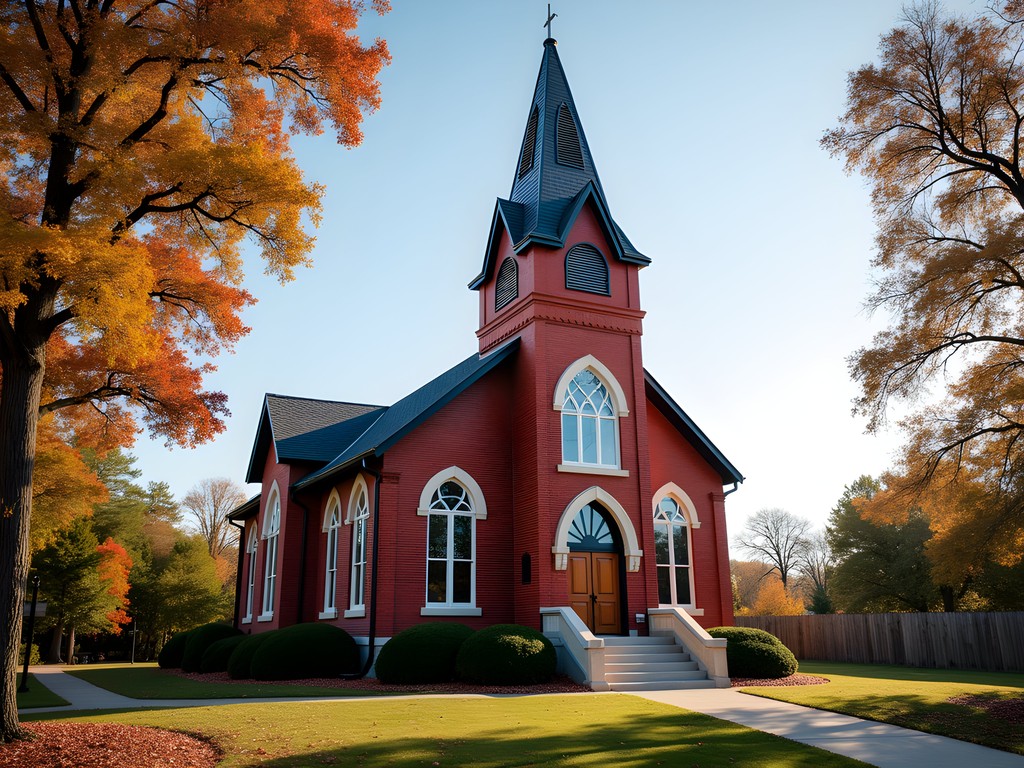
💡 Pro Tips
- Contact churches in advance if you hope to visit outside of regular service times
- Respect photography restrictions in sacred spaces
- Sunday services welcome visitors, but dress appropriately and be mindful of your role as a guest
Final Thoughts
As my weekend in Pine Bluff drew to a close, I found myself reflecting on how this modest Arkansas city offers something increasingly rare in our homogenized travel landscape: an authentic, unfiltered connection to American cultural evolution. Pine Bluff doesn't sanitize its history for tourist consumption or reduce complex narratives to gift shop trinkets. Instead, it presents its heritage – triumphant and tragic, beautiful and painful – with remarkable honesty.
For travelers willing to venture beyond the well-trodden paths of Memphis, New Orleans, or Atlanta, Pine Bluff rewards with deeper insights into the African American experience that shaped our national identity. The city's museums, historic sites, culinary traditions, and living cultural practices offer an immersive education that no textbook could provide.
As I drove away, passing cotton fields glowing golden in the autumn light, I felt that familiar sense of connection that makes travel so transformative. In exploring Pine Bluff's rich African American heritage, I hadn't just visited a destination – I'd gained a more complete understanding of our shared American story.
✨ Key Takeaways
- Pine Bluff offers one of the most concentrated and authentic explorations of African American heritage in the South
- The city's cultural institutions effectively connect historical narratives to contemporary community life
- Engaging with local residents provides invaluable context and personal perspectives on the region's significance
📋 Practical Information
Best Time to Visit
September-November
Budget Estimate
$300-500 for a weekend (accommodations, meals, and activities)
Recommended Duration
2-3 days
Difficulty Level
Moderate (Some Sites Require Own Transportation)


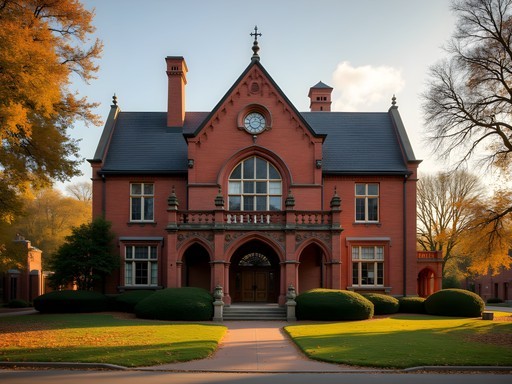
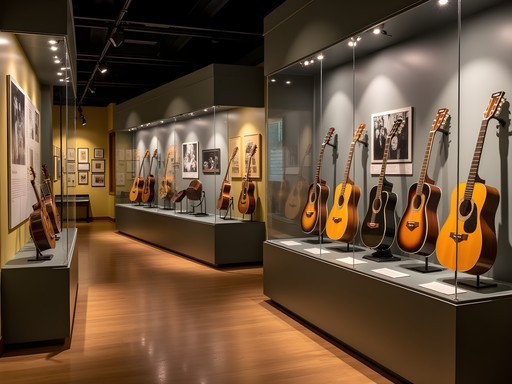

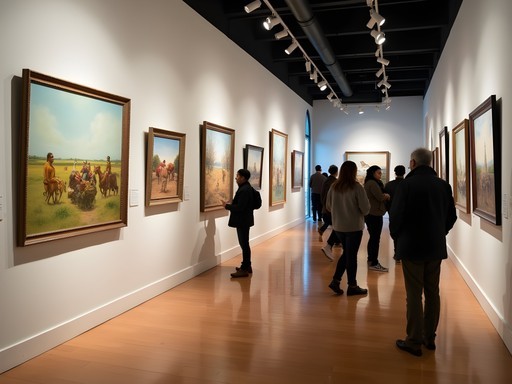
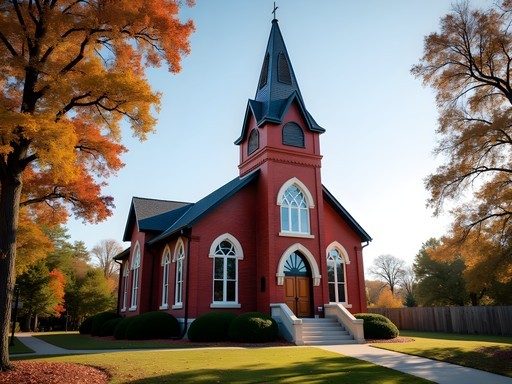


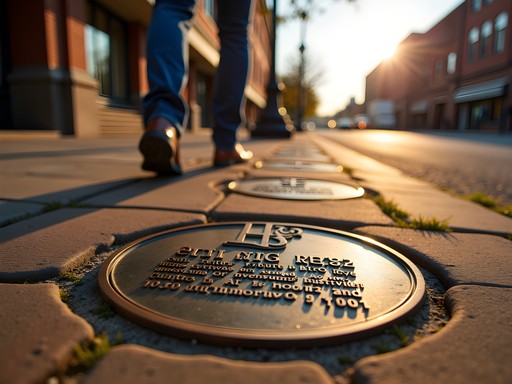







Comments
explorebuddy8763
Just got back from Pine Bluff last weekend and followed some of your recommendations, Adam. The University Museum was incredible - the docent gave us an extended tour when she found out we were interested in civil rights history. Also stumbled upon a small jazz performance at a local coffee shop downtown. The locals were so welcoming and eager to share stories about the city's past. Pine Bluff might not be on everyone's radar, but it's definitely worth the detour for anyone interested in African American cultural heritage.
Adam Nelson
So glad you had a great experience! Those impromptu jazz performances are such a treasure. Did you try any of the local restaurants?
explorebuddy8763
Yes! Had amazing fried catfish at a place called Sim's BBQ & Catfish. A local told us it's been there for decades. The peach cobbler was life-changing!
vacationfan5623
Are there any annual festivals in Pine Bluff that celebrate this heritage? Timing my visit for maximum cultural immersion!
RoadTripQueen
Just added Pine Bluff to my Southern heritage tour! Thanks for highlighting places that aren't on the typical tourist radar.
Bella Johansson
What a wonderful piece on Pine Bluff! My husband and I detoured there during our cross-country drive last autumn, and it was such a pleasant surprise. The Arkansas Entertainers Hall of Fame was our favorite stop - learning about Sister Rosetta Tharpe (who knew the godmother of rock 'n' roll was from Arkansas!) was fascinating. We stayed at an adorable B&B run by a couple who'd lived in Pine Bluff for generations. They recommended we take the Pine Bluff Heritage Tour which gave us incredible context about the civil rights movement in the region. The guide was a local historian whose family had been in Pine Bluff since the 1800s. Don't miss the Delta cuisine - the catfish was divine!
explorebuddy8763
Which B&B did you stay at, Bella? Planning a trip for November.
Bella Johansson
We stayed at the Margland Bed & Breakfast - charming place with incredible breakfast and wonderful hosts!
coolrider
Is the Saenger Theater still operational? Would love to catch a show there if I visit.
Adam Nelson
The Saenger is undergoing restoration, but they do host occasional events. Check their website before your trip!
summerhero9458
Never considered Pine Bluff before. Adding to my list!
Lillian Diaz
I visited Pine Bluff last year and was blown away by how underrated it is! The University Museum & Cultural Center was such an eye-opener - the civil rights exhibits had me in tears. And the food... don't even get me started on the soul food at Granny's Kitchen downtown. The owner shared stories about recipes passed down for generations while I devoured the best cornbread I've ever tasted. Adam, did you get to see any live music while you were there? I caught a small blues performance at one of the local venues and it really completed the cultural immersion.
freenomad
Great post! How many days would you recommend staying in Pine Bluff to really experience all these cultural sites?
Adam Nelson
Thanks for asking! I'd say a full weekend (2-3 days) is perfect for exploring the main cultural sites at a relaxed pace. The University Museum alone deserves a couple hours.
freenomad
Perfect, thanks! Adding this to my road trip through the South this fall.
HistoryBuff78
Those Delta cuisine photos have my mouth watering! Soul food heaven!
arkansasnative
As someone who grew up near Pine Bluff, it's nice to see it getting recognition for its cultural significance instead of just the negative press it often receives. The Arkansas Entertainers Hall of Fame is truly underrated - so many people don't realize how many musical legends have roots in this region. If you go back, Adam, try to catch a performance at the Arts & Science Center - they showcase local talent and often feature traditional Delta blues and gospel that'll give you an even deeper appreciation of the heritage.
Venture X
Premium card with 2X miles, $300 travel credit, Priority Pass